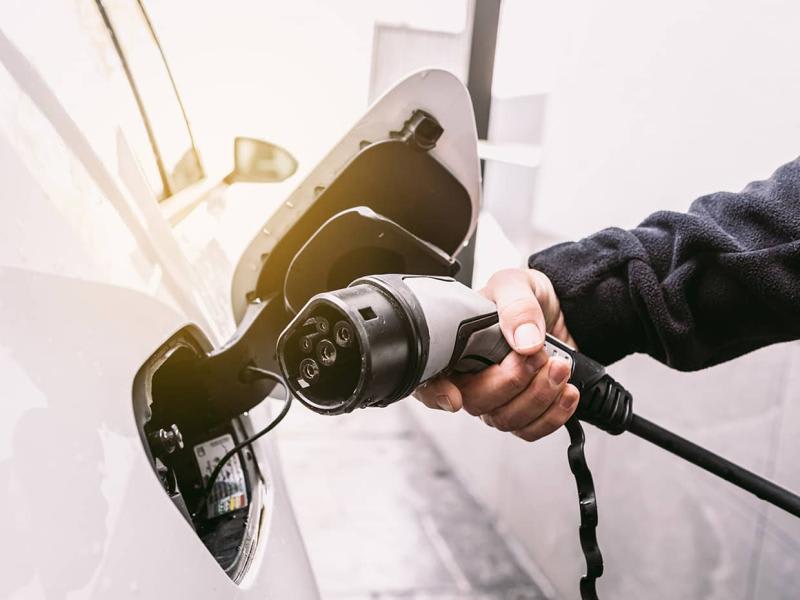Key takeaways
The automotive industry is currently in the midst of a reinvention. Manufacturers the world over are ramping up their efforts to produce the next generation of vehicles and, like most innovations of the 21st century, they will likely rely heavily on technology. The possibilities are intriguing and stretch as far as the eye can see.
Of course, this is not the first-time automakers have been in the forefront. The industry has a long history of revolutionising its products, primarily driven by pressure to improve the safety of the passengers and reduce the numbers of fatalities on the road. Strange as it may seem, there was a time when ubiquitous safety features such as automatic headlights, seatbelts, power steering, and even antilock brakes were not standard on vehicles.
The simple truth is that driving is probably the most dangerous thing the average person can do, and many people do it every day. Automakers have no control over driver behaviours, but what they can do is design vehicles that provide more safety preventative features that are designed to preserve life during and after a collision. The statistics reflect that improvement in safety features are working with road fatalities continuing to decline. Where things get really interesting, however, is when the design process begins with preserving life before the accident even happens.
Connectivity: A two-way street
How are cloud based technologies supporting smart vehicle connectivity?
We have already seen the proliferation of smart phones and smart homes, so it was only a matter of time before Internet of Things (IoT) connectivity would make its way into our vehicles. Like all technology, the primary benefit of connecting users to networks is the amount of data that can be accessed (in accordance with privacy laws, of course - more on that in part two). Ethical debates aside, there are some intriguing possibilities that can be realised simply by applying the same basic principles we see in person-focused technologies.
The cloud-based vehicle interface of the future will do more than change the way we get around our cities and towns. It will also unlock the potential for all of these “smart” vehicles to collect and transmit data and share it with a greater network, giving us a better idea of not only how to make traffic more efficient, but also how we can make it safer. A connected, smart city collecting and analysing stimuli from hundreds of thousands of vehicles could be a gold mine of data and might even shape the way we design our cities in the future.
In simple terms, vehicle connectivity will accomplish two things: it will alert the driver as to where their vehicle is in relation to the rest of the city, and it will also alert the city as to what is happening around the driver. This sort of contextual relay can provide a vehicle with real-time data about traffic congestion, accidents, and construction, based on what input it is receiving from another connected vehicle, say, a quarter of a mile ahead. Some of the more advanced technologies such as Business Intelligence (BI) technologies, sensors and alerts will also provide data and intelligence regarding probabilities of accidents occurring and even details regarding the specific nature of the potential accident. It will also allow the city’s network to get a bird’s eye view of traffic and give it agency to adjust and respond to events.
One final note about connectivity is how it will benefit the industry. In addition to the usual conversations about marketing uses and ethics, this data could prove to be very valuable to research and development of more safety features and engineering.
Eyes on the road: Increase visibility, increase safety
How is camera technology helping to increase visibility whilst driving?
Camera technology has come a long way. Not only are they getting lighter, more compact, and higher resolutions, but they are also cloud connected. Think about doorbell cameras - when they detect someone at your front door, the device pings your phone with a notification. This type of simple, automated process can be repurposed for road safety.
As any driver knows, visibility and awareness are huge contributors to road safety. Sensors placed around a city on signs, stoplights, and on the road, itself could monitor traffic and use that information to send drivers alerts to help them choose alternate routes around a traffic accident that has clogged up an intersection ahead. However, the addition of cloud-based, high-resolution cameras to a city’s infrastructure could take road safety to another level by “observing” behaviours and alerting drivers to an erratic, inebriated, or aggressive driver.
Merging lanes on highways have been identified as the most dangerous lane on motorways, or highways, as we say in the States. There is a tremendous amount of activity in this lane, with cars at varying speeds trying to enter and exit the motorway at the same time. Imagine two cars about to enter the merging lane at the same time - one going 80 mph and attempting to exit the freeway, the other going 55 mph and attempting to enter. Normally, this might be a recipe for disaster, but a road camera detects the slower driver and alerts the faster driver, giving them time to react and possibly avoid a dangerous collision.
Road assistance: The future of vehicle sensor technology
How are sensors placed to create a safer environment in smart vehicles?
By now, most mid-range vehicles have some form of sensor technology embedded in them. Lane assist technology alerts drivers to the fact that they are drifting over. Mercedes-Benz developed Active Brake Assist technology, which detects an emergency braking situation, and automatically decreases the car’s speed to reduce the danger of higher-speed collisions.
However, most of these sensors are aimed outward, away from the driver. What if we could use sensor technology to create a preventative measure for a driver with, for example, a heart condition? Sensors in the steering wheel could monitor vitals and detect a heart attack or other debilitating event. The car could initiate an autonomous sequence wherein it slows down and removes itself from traffic, reducing the danger of an impaired driver on the road. An established light pattern on the headlights and brake lights could further alert other drivers to the situation.
Sensors could also detect an accident and give the driver the option to alert emergency services, based on the severity of the collision. Taking this notion one step further, a vehicle involved in a collision of its own could automatically contact emergency services and even potentially detect injuries in any passengers and relay that information so that responding medical emergency teams are already prepared before they arrive on scene.
Making our streets safer for everyone
What does the future of smart vehicle technology and road safety look like?
There are more commuters on the streets than ever before, and more types of transportation sharing the same space. At any given time, a city’s streets could potentially be serving pedestrians, rental scooters, bicycles, motorcycles, commuter cars, delivery vans, public transportation vehicles, and just for fun, the random skateboarder zipping through traffic listening to his headphones. At best, this amount of congestion is wildly inefficient. At worst, it can be fatal.
Smart vehicles can do a lot to help cities manage all that confusion and congestion, and it will likely be the framework upon which future cars are built. In the past, technology was built into an existing vehicle, as an added feature. In the future, we may see more of an ‘inside out’ approach to designing and manufacturing cars, with technology at its core and full city integration as a standard feature. These innovations will be driven by techno-cultural forces such as the evolution of ‘personal tech’ and advances in connectivity, Machine Learning (ML), and Artificial Intelligence (AI).
The car of the future is still something of a blank slate, but by applying the lessons of personal tech, IoT, and camera and sensory technology to vehicles and roads, there are some intriguing possibilities to be explored. There are also many issues that need to be addressed, but all of that will come in time. For now, the road ahead looks like it could be a lot safer.
Be sure to read the second article to find out more about the concerns and risks of smart vehicles, here. If you would like to discuss anything in more detail, please email [email protected]





